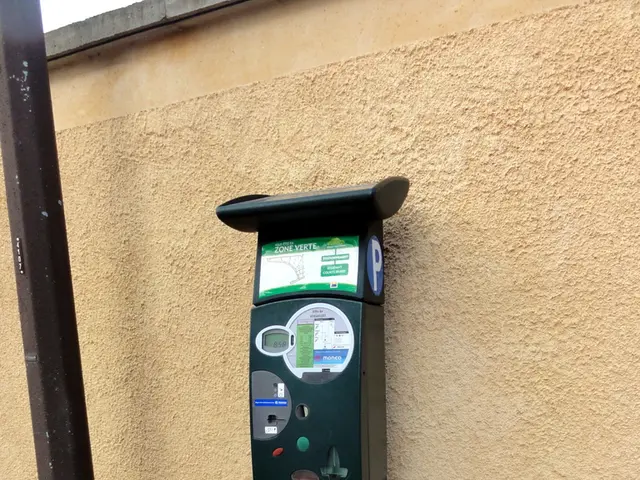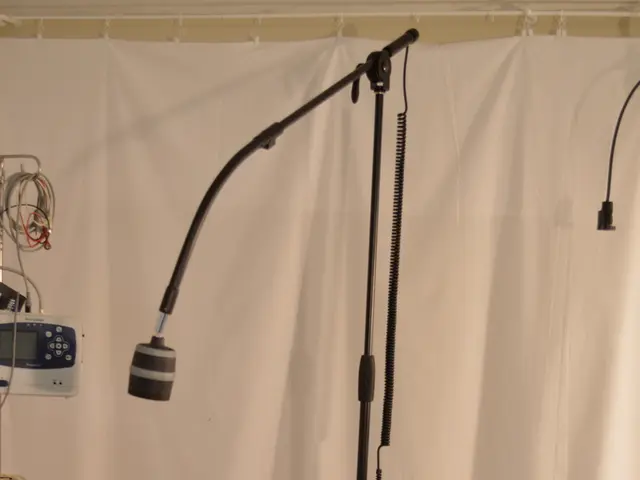Dealers and Gamblers Colluding Together to Cheat the Casino, According to R. Paul Wilson
In the world of casino games, the allure of winning big often attracts both honest and unscrupulous players. One such area of interest is the manipulation of table games, where dealers can employ subtle techniques to gain an illicit advantage.
One such method involves the use of special dealing shoes, primarily used in blackjack to hold multiple decks and facilitate smooth dealing. Skilled dealers can exploit the shoe's structure, subtly angling or tilting it to catch a quick glimpse, or "flash," of the next card before dealing. This peek can be used to determine upcoming cards, potentially crushing the game of blackjack [1].
The mechanics of this technique require finesse to avoid detection by players or surveillance. Dealers practiced in these techniques can incorporate a quick peek while maintaining the impression of normal dealing.
While some legitimate dealing shoes could potentially allow dealers to peek or flash the next card, other shoes, known as gaffed shoes, are specifically designed for this purpose. These shoes transmit information without electronics or moving parts, making them a potential tool for cheating in blackjack [1].
In addition to dealer tricks, scams in the casino industry can be surprisingly simple. For instance, the use of multiple takeoff players can make it difficult for bosses to see a pattern of player/dealer winning streaks. However, the risk of someone talking or trading that information increases with the number of people involved [1].
Casinos have taken steps to combat these scams, such as the introduction of shuffle machines. While these machines eliminate the dealer's carry-back rule during shuffling, they are not perfect, and there are other ways of beating them.
In hand-dealt games, "flashing" is a common scam, where an outside agent gets a peek of what's coming and acts accordingly. Special dealing shoes have even been made that allow a glimpse of the next card to either dealers or players without any electronics or moving parts [1].
Scams that seem to be killed off by modern technology often evolve and return with a new angle that beats whatever precautions the casino thinks it has. For instance, in games like high/low, a strong, undetectable peek is similar to having a marked deck. This move can work for months or years without ever being detected, and several crews of dealers and players were caught only after years of skimming cream from the house [1].
In conclusion, while casinos have taken steps to prevent such scams, the cat-and-mouse game between casino security and scammers continues. Understanding these methods can help both players and casinos stay vigilant and maintain fair play.
[1] Information sourced from various online resources about casino scams and dealer tricks.
A skilled dealer might use a special dealing shoe, often utilized in blackjack, to secretly peek at the next card, giving them an edge in the game, a maneuver otherwise known as "flashing." Nevertheless, casinos have countered such tactics through measures like introducing shuffle machines and monitoring dealer activities, but as history reveals, cunning scammers are perpetually evolving their methods to circumvent these precautions.
A blog on casino-gambling could delve into the ongoing battle between casinos and scammers, examining case studies of cheating devices such as gaffed shoes or hand-dealt games boasting special cards designed for discreet peeks, outlining the various strategies employed by both parties, and offering insights into casino-and-gambling security measures and best practices for players to maintain a fair and enjoyable gaming experience.








